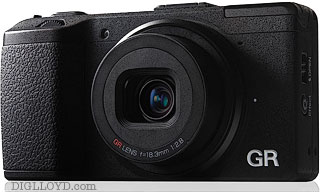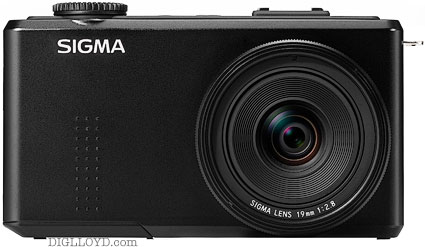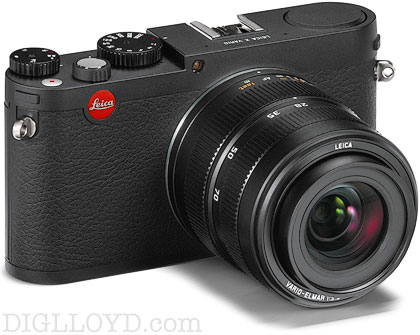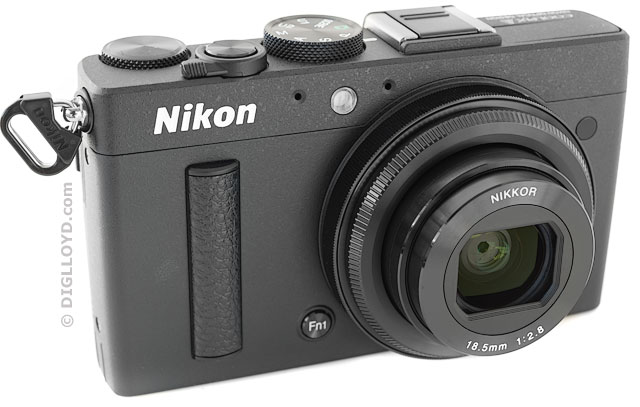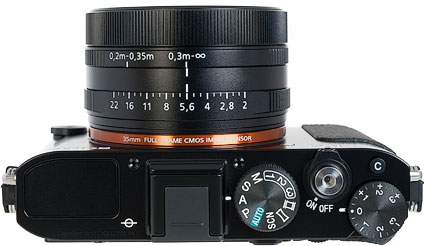The Future of Peak Image Quality Means Fixed-Lens Cameras
I wrote this piece 1 year and one week ago. Here it is again, not quite verbatim but close, since not much has changed..
...
Shown below are five fixed-lens cameras (click on each for more info or review link).
Four of these cameras use an APS-C sensor, and the Sony RX1 is full-frame (130% larger in area). All of them are fixed lens cameras, and all restrain lens speed to keep size and weight down, but are versatile enough for shooting at dusk (with the possible exception of the Leica X Vario).
Discussion continues below.
Get compact cameras at B&H Photo.
Why a fixed lens?
From my work with these cameras, I can say that all of them set high standards in imaging sharpness that is remarkable (but Leica X Vario I have not tested).
A fixed lens allows:
- A more compact, more lightweight design.
- A lens totally optimized for for the sensor*; the rear of the lens can be 1mm from the sensor if need be**; no constraints on internal space or lens shape or diameter. Field use proves this out.
- No dust intrusion from changing lenses.
- Less expensive to manufacture and simpler to design (no lens mount to design, no planning for some future higher resolution sensor or different sensor type, etc).
- Lower market risk; no commitment to a lens line or lens mount, great way to float a trial balloon (seems to be Sony’s approach with the RX1).
- Very high quality in small size; people want this. Lugging around a DSLR is not something most people want to do or ought to do; DSLRs are bad solutions for most people.
* Based on what I see, no interchangeable lens camera yet offers the high performance one sees in the best fixed-lens cameras. Probably because of design compromises. The only exception being the huge and heavy Olympus SHG lenses.
** Interchangeable lenses in theory could also project all the way into the body cavity, but this would mean a rather awkward rear end “plug” and lens cap and probable risk of damage to lens or camera internals. No vendor designs lenses this way, at least not yet.
Extra lenses, or fixed lens
A fixed lens restricts choices, and that is a good thing: it focuses the creative aspect by simplifying to the essentials. One learns perspective and composition much better with a fixed lens: a zoom makes most people get lazy: standard there and zoom; this is typically a failure. Not saying it cannot work, but I am saying it is likely more a hindrance to good photography than a help (counterpoint: certain tasks make a zoom lens mandatory).
Carrying extra lenses can be more awkward than carrying two small cameras. And two focal lengths cover the majority of shooting situations. More is less in my experience; 3+ lenses becomes a burden and generates creative confusion too much of the time.
I hope to see the fixed-lens trend continue. In particular, I would like to see other focal lengths with the Ricoh GR, perhaps 19mm and 40mm (equiv). Sigma has done this already with the DP Merrill line with 28mm, 45mm, 75mm (equiv) choices. I’d also like to see a 24mm version of the Sony RX1", because 35mm is too narrow a field of view for many of my uses.
Micro Four Thirds
Ironically, the format most suited to the fixed-lens approach (due to the modestly sized sensor)—Micro Four Thirds (M4/3) format—has dropped the ball: the potential exists for fixed-lens M4/3 cameras with perfect image quality at f/2. Will it even survive as a viable format in any mainstream way? I have serious doubts, but the right cameras would allay that concern. Instead, hardly anything interesting happens while APS-C aggressively gets more interesting and raises quality to high levels.
Instead, we get M4/3 lenses that are good but hardly exciting and lag what cameras like the Ricoh GR can deliver—all with a far smaller sensor which itself compromises peak quality. Without compelling fixed-lens offerings (small, lighter, perfect lens performance at f/2, ideally f/1.4), the format loses considerable appeal. The M4/3 format might well wither without this breadth, because the fixed-lens APS-C cameras like the Ricoh GR are compelling in size, weight and image quality. And the build costs do not vary much between formats.
Leica X Vario
What Leica has done with the X Vario is pursue high-grade image quality in a zoom. But to accomplish that quality, the lens speed has been severely compromised, and the camera remains far too large for pocketability.
I would rather see a Bi-Elmarit design with 24mm and 35mm settings (Elmarit = f/2.8); this ought to be achievable in a similar size. The slow speed means that the best light of the day (dusk) is unshootable with the Vario X handheld at ISO 200. And there is greatly reduced opportunity for subject isolation (small aperture), hence creative uses are restricted.
But the real issue is that the X-Vario is essentially a DSLR in awkwardness: cannot be pocketed, on the heavy side and Leica’s idea of usability and features pales compared to a Ricoh GR. And then there is the price: $2850 and that’s before the $500 low-res optional Leica VF-2 EVF.
DSLR
Which brings us to DSLRs: lens design is compromised by a mirror box. Sony is making strides in this area, but no vendor has committed to a full-frame design with a new wide diameter lens flange along with lenses that seat deep into the body cavity. Hence most lens designs remains compromised for that mirror box offset, making them lower performance, larger and heavier, at least for wide angle designs.
In 2014 this began to change with mirrorless lenses for the full-frame Sony A7/A7R/A7s trio, and more designs can be expected. But as of summer 2014, Nikon and Canon are still in the same rut as ever.
























